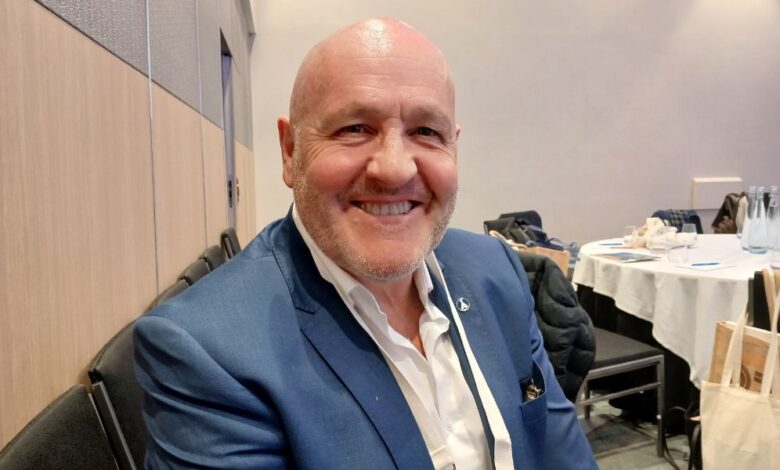What can global insurers learn from New Zealand?

What can global insurers learn from New Zealand?
Disasters and Floods
By Daniel Wood
New Zealand’s insurance market is on the frontline of extreme natural disaster risk. Has this experience spurred the country’s insurance professionals forward? And what can global insurers learn from the way brokers and agents in this market deal with natural disasters such as earthquakes?
At the recent New Zealand Insurance Agencies Council (NZUAC) Expo in Auckland, Insurance Business asked local business leaders for their views.
Maintaining reinsurance support
“I think in that broader context, New Zealand can be considered ahead of the world in some areas,” said Travis Atkinson (pictured above).
Despite this high concentration of volatile risks in a small country, New Zealand is “essentially” fully insured, said Atkinson, general manager of operations at Insurance Advisernet New Zealand.
“We have done some things right to manage and support New Zealand’s reinsurance backstop. Globally, there are very few countries that have full risk coverage effectively,” he said.
However, he attributed this resilience partly to luck.
He said that since the Christchurch earthquake more than a decade ago, with the exception of last year’s Auckland food stamps, the country’s natural cat population has been relatively quiet. Meanwhile, rates have been steadily rising.
“We’re fully insured, so that’s a big pool of premiums,” Atkinson said. “The Natural Hazards Commission is a big buyer of risk cover, so there’s a lot of premiums to be had from New Zealand.”
Another factor in New Zealand’s favour is its stable economy. But if there is another round of serious earthquakes, “global reinsurers may look elsewhere”.
“Cycles always come and go,” he said.
Atkinson said New Zealand was now an attractive market for London and other capital providers.
open approach
“I think one of the things we do well in New Zealand is we don’t get stuck in our ways,” said Ryan Clarke (pictured below), chief commercial officer of 360 Underwriting Solutions Group.
Local insurers tend to be open to gathering multiple ideas before coming up with an insurance proposal, Clark said.
“Whether it’s storms in the US, or European disasters – analysing multiple data points and then making our own decisions, our own way forward and our own solutions,” he said.
This applies not just to natural cats, Clark said, but “on a broad scale.”
For example, in the wake of Cyclone Gabrielle, New Zealand’s vulnerability to storms and flooding was revealed.
“We wanted to update our flood mapping tools,” Clark said. “I reached out globally and talked to a number of different companies.”
He said the solution they chose came from a company in Australia, but the process of seeking proposals from around the world allowed them to “figure out what we needed and adapt it locally.”
“It’s a case study in natural disaster risks.”
Luke Scott (pictured directly below) is the Regional Development Manager for Market Lane Insurance Group in New Zealand. The company operates locally under the name The Barn Underwriting Agency.
“It’s a case study, as you say, in the risks of natural disasters,” Scott said.
He added that good market returns tend to attract large capital.

“I think the risks are well understood and Lloyd’s syndicates can certainly make their own informed decisions about what that looks like for New Zealand,” Scott said.
Local insurers sometimes handle natural disaster risks a little differently than the rest of the world, including the way some deductibles and sub-limits are applied, he said.
“For example, we apply a discount to the value of the site in the event of an earthquake, which is generally a fixed number around the world,” Scott said.
He said the deductible site value includes understanding risks such as the age of the building, construction materials and soil condition.
“So you’re setting your earthquake deductible based on your actual risk profile,” Scott said. “And that’s something we’ve learned from events that have happened over the years.”
However, he said some aspects of natural cat cover pose challenges.
“There’s probably something we don’t do very well in New Zealand actually, which is that we offer full coverage for all risks, which is different from Japan, for example, where there is limited coverage for earthquakes,” Scott said.
What do you think global insurers can learn from the way New Zealand insurance professionals deal with natural disaster risks? Please tell us below.
Related Stories






Fetching comments…